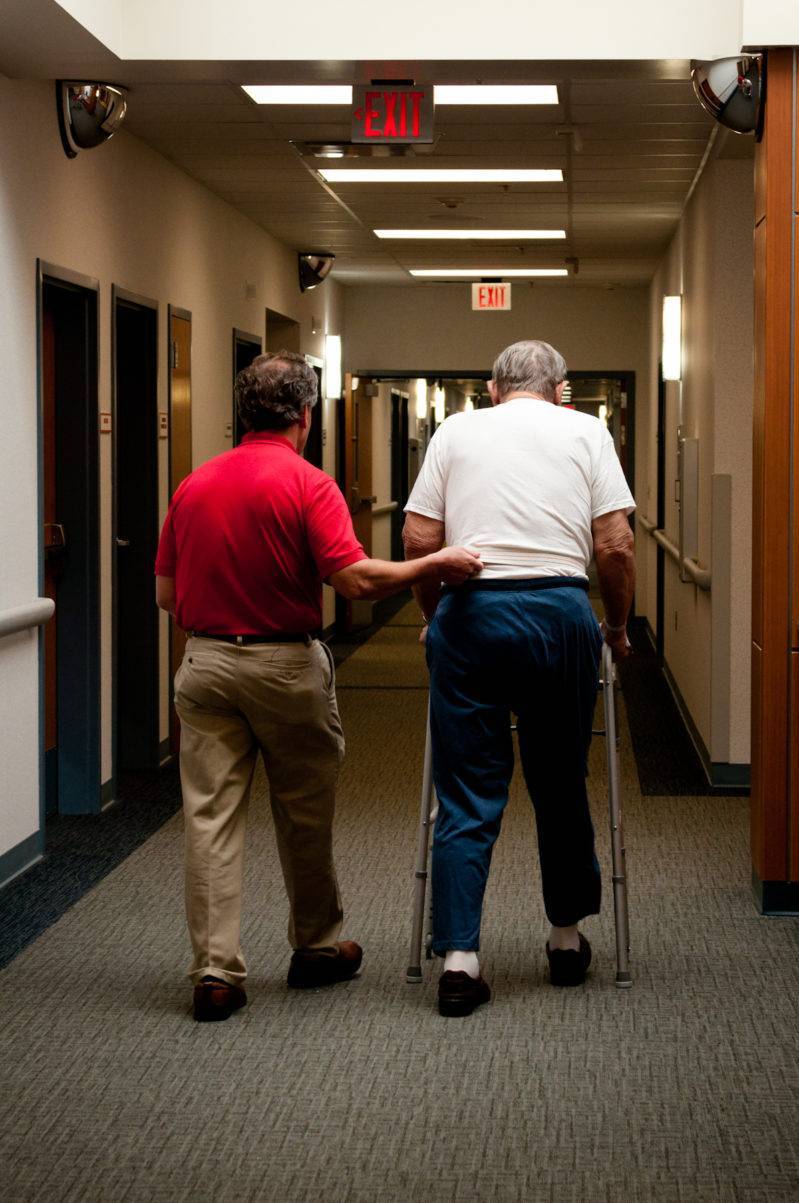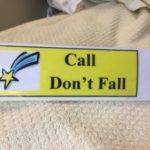
New Fall Prevention Program
By: Boone County Health Center
We joined the University of Nebraska Medical Center (UNMC) for a statewide project called Collaboration and Proactive Teamwork Used to Reduce (CAPTURE) Falls.
“We want our patients to be safe,” said Nurse Angela Schalk. “Taking part in the CAPTURE Falls project in order to stop falls is an important part of that.”
Through research, during Phase 2 of the project, UNMC created a Capture Falls Toolkit to help hospitals make a Fall Risk Reduction Action Plan.
In Phase 3, BCHC was one of just 15 critical access hospitals invited to carry out the plan.
This began with a core team made up of staff from many parts of the Health Center such as Nursing, Physical Therapy (PT), Occupational Therapy (OT), Administration, Pharmacy and Risk Management. The nurses also formed a Nursing Fall Reduction Team to help make a fall reduction protocol.
“A key goal of the CAPTURE Falls project was to help nurses think through why a patient might be at risk of falling,” said Schalk. “Then we made a plan to help reduce that risk.”
In the past, patients were screened for fall risk, however, with participation in this project the screening process has been improved. Now, when a patient is admitted to the hospital, they are screened for their risk of falling using the Morse Fall Risk Assessment. Screening is repeated with each shift change at the hospital.
This screening looks at six areas of risk such as past falls, diagnosis, IV care, mental state, ability to walk and need for help. Based on the screening results, patients are given a fall risk rank of universal, medium or high risk. Then proper precautions are put into place for that patient.
As part of these precautions, patients who are at a high risk of falling have a yellow light on above their door and a picture of a falling star on the board in their room.
They also have a “Call Don’t Fall” sign on their bedside table as a reminder to ask for help when getting up.
Patients and their families are taught about the risk of a fall and are given tips to help lower the risk. In addition, patients who are a high fall risk also wear yellow gripper socks, which serve as a great visual reminder for patients, families and visitors.
From the kitchen staff to the lab, everyone is taught what the yellow light above the patient’s door means. Staff is also asked to remind fall risk patients to wait for a nurse before getting up.
“Staff from all over the hospital can come into contact with a patient on any given day,” said Quality Nurse April Benson. “Using a team approach helps stop falls.”
The CAPTURE Fall team meets every other month at BCHC. They also take part in calls with UNMC four times a year to report data on the number of falls at BCHC.
Since the Fall Prevention Program was put into place in August 2016, BCHC has seen a steady drop in patient falls.



